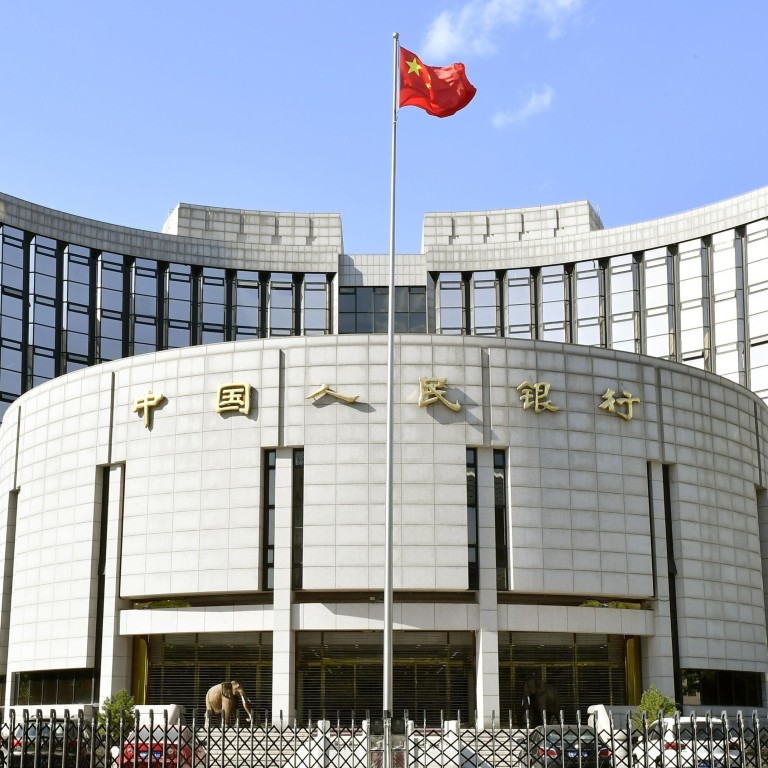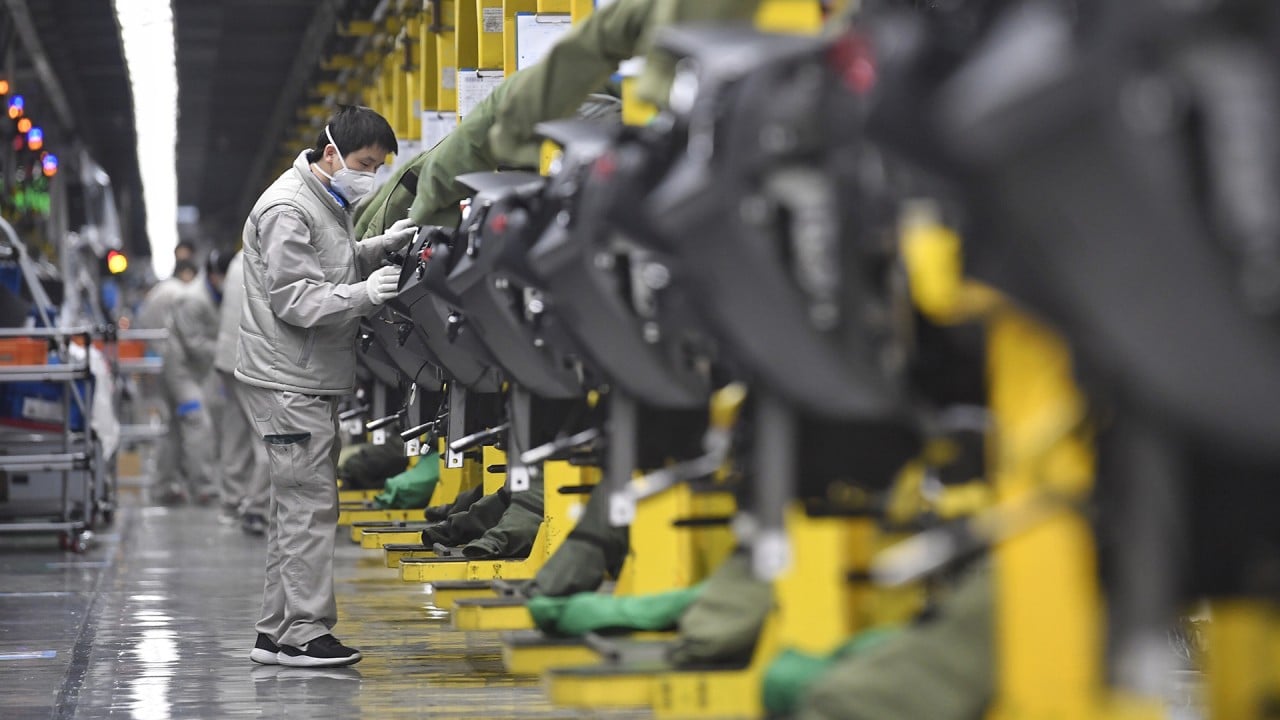
China’s central bank downplays draining funds from banking system after worst cash crunch in six years
- The People’s Bank of China says the market should pay less attention to the volume of its liquidity operations and more to the interest rate on those operations
- Central banks promises ‘prudent’ monetary policy that will strike a balance between economic recovery and risk prevention
In its fourth quarter monetary policy implementation report, the People’s Bank of China (PBOC) suggested financial markets should pay less attention to the adjustments in the volume of its liquidity operations and more to the interest rate adjustments on those operations.
The PBOC said on Monday its “prudent” monetary policy would strike a balance between economic recovery and risk prevention, while being flexible, targeted and appropriate.
Last month, markets were rattled by the PBOC’s decision to conduct a net withdrawal of 6.34 billion yuan (US$983 million) in its regular open market operations – the first reduction in four months – especially given demand for cash was usually high ahead of the Lunar New Year holiday.

01:33
China’s economy accelerated at end of 2020, but virus-hit annual growth lowest in 45 years
In response, the overnight repo rate, a key gauge of the price of loans banks charge each other, spiked to a six-year high and surpassed the yield on China’s 10-year government bond.
China’s two key equity benchmarks have risen sharply in recent months. The Shanghai Composite Index hit its highest levels in four years last month, while the CSI 300 Index – which tracks stocks with large capitalisation in Shanghai and Shenzhen – reached a 13-year high on Tuesday.
Ma’s comments and the unusual liquidity squeeze sparked fears the central bank was exiting the monetary stimulus it enacted last year in response to the coronavirus pandemic.
The PBOC sent a clear message by draining liquidity before Chinese New Year that they have changed the monetary policy stance from loose to neutral
“The PBOC sent a clear message by draining liquidity before Chinese New Year that they have changed the monetary policy stance from loose to neutral,” said Zhiwei Zhang, chief economist at Pinpoint Asset Management.
“They tightened policy because they are concerned about the risk of a bubble building in the stock market.
“I expect market interest rates to stay high and also see the probability of PBOC hiking the standing lending facility rate in the next few months.”
Carie Li Ruofan, an economist at OCBC Wing Hang Bank, said while market jitters will calm down after the Lunar New Year holiday, when cash returns to the banking system, the environment will not be like last year.
The government has promised no major U-turn in economic support policies this year, but analysts are wondering if a gradual, modest tightening in monetary conditions could still take place.
The PBOC is also likely to keep interest rates buoyed to attract overseas demand into yuan-denominated assets
“We don’t expect any more policy loosening or cuts to bank reserve requirements after the PBOC’s emphasis on controlling leverage,” Li said. “The PBOC is also likely to keep interest rates buoyed to attract overseas demand into yuan-denominated assets.”
As the cash crunch has eased, the overnight repo rate has fallen from its peak of 3.34 per cent at the end of January to 1.70 per cent currently, but it still remains higher than the beginning of the year at about 0.65 per cent.
Despite the PBOC’s moves to tighten lending in January, monetary data released on Tuesday showed a surge in new credit last month, suggesting conditions remain supportive of growth momentum beyond the Lunar New Year.
Aggregate financing in the economy – bank loans as well as other sources of financing such as bonds – stood at 5.17 trillion yuan last month, well above the median estimate of 4.6 trillion yuan made by analysts in a Bloomberg survey. That was higher than 1.72 trillion in December and 5.05 trillion yuan in January last year.
Financial institutions booked 3.58 trillion yuan of new loans in January – above the projected 3.5 trillion yuan – as Chinese banks typically front-load lending at the beginning of the year to get higher-quality customers, win market share and record interest income for the entire year.
“Last year’s extremely depressed base will inevitably inflate this year’s macroeconomic figures, even though it does not necessarily mean the economy is overheating and needs tighter monetary policy,” Li said.

